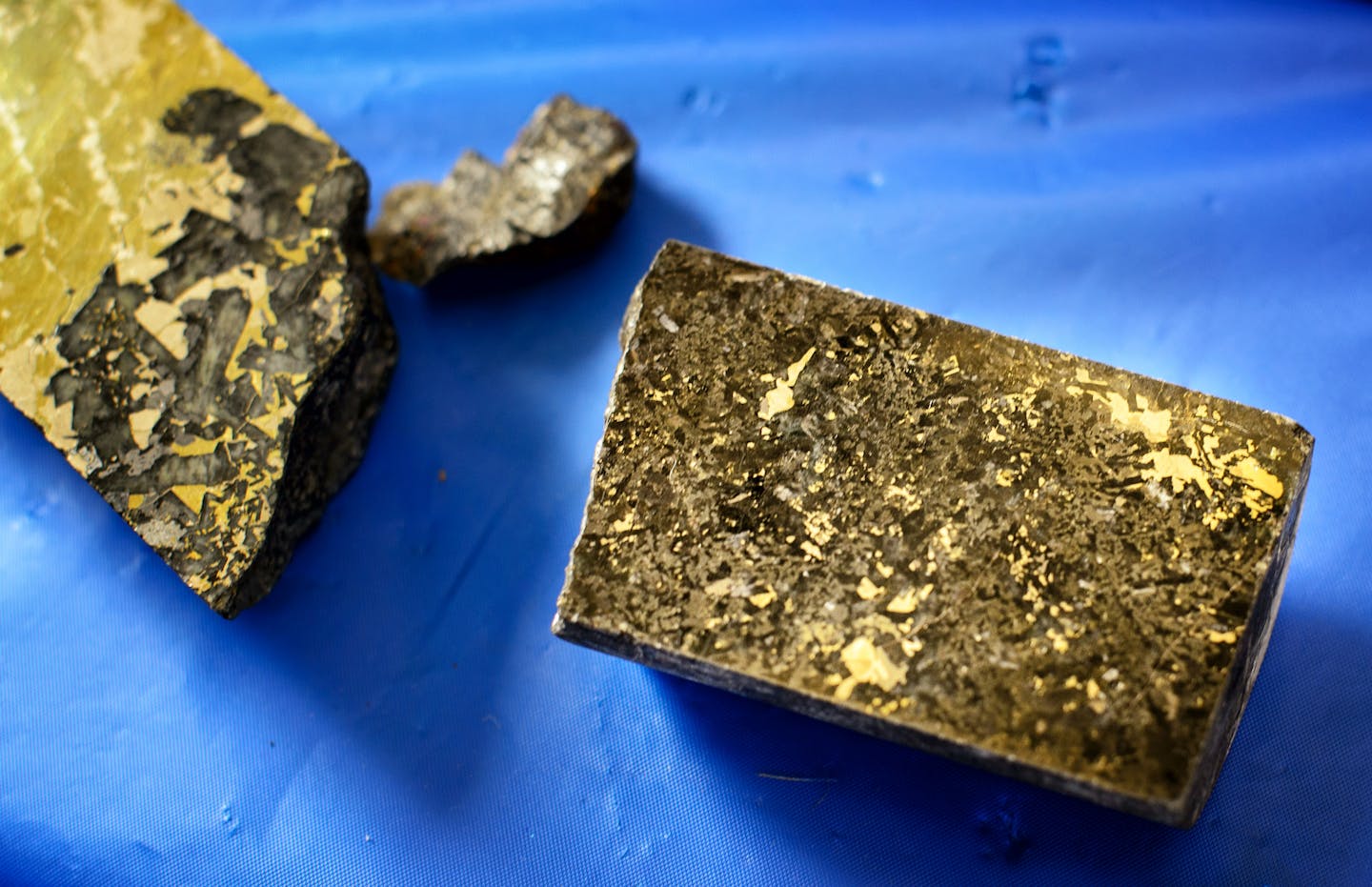Listen and subscribe to our podcast: Via Apple Podcasts | Spotify | Stitcher
It has been nearly three years since Curious Minnesota began answering questions from Star Tribune readers about the history, culture and curiosities of our state.
This year, we tackled more than 50 reader-submitted questions — covering everything from the state's oldest resident to its most haunted place — in our weekly column. Some were also featured on the Curious Minnesota podcast.
Reporters are already busy researching the first questions of 2022. But before we kick off another year, let us reflect on some of the most popular Curious Minnesota stories of 2021 (based on online readership). Several of them are excerpted below.
How did Minneapolis end up with a street named after Xerxes, a Persian king?
In the late 1800s, the population of Minneapolis was booming and city engineers sought to create alphabetical and numerical street grids that could be reliably navigated.
Edward Hathaway, manager of special collections at the Hennepin County Library in downtown Minneapolis, said Xerxes Avenue — which follows Washburn and precedes York — was chosen to fill an alphabetical sequence.
"The objective of the street naming efforts of the 1870s and '80s was to come up with systems that were orderly, so they'd be easier to remember," Hathaway said. "After all, what do Schuyler Colfax, William Cullen Bryant or Ralph Waldo Emerson have to do with Minneapolis? Nothing. But if we can say those streets were named for those figures, I suppose we could say Xerxes was named for the Persian king."
Should you really let your car run on cold mornings before driving it?
It's totally unnecessary, even on the most frigid days, said Douglas Longman, manager of engine research with the U.S. Department of Energy's Argonne National Laboratory. Modern cars have electronic fuel injection, so drivers need to let their vehicles run for only up to 30 seconds before pulling out of the driveway. Motoring allows the engine to warm up faster and reduces wear on engine components, he said.
"Prior to fuel injection, there was a reason to let a car warm up," Longman said. "It just didn't run well. With the electronics today, that reason has gone away."
How much gold is hiding underground in northern Minnesota?
Several gold mines are operating across the border in Ontario, on the same geologic formations that run beneath northern Minnesota — including one mine 45 miles northwest of International Falls. But experts say Minnesota's thicker glacial till make minerals trickier, and more expensive, to get to.
State officials believe it could be worth a shot, though. "The potential for gold production [on those geologic formations] is excellent," states a paper produced by the Minnesota Minerals Coordinating Committee, a multi-agency group that helps oversee mining activity in the state.
Don Elsenheimer, a senior geologist at the Minnesota Department of Natural Resources, said the profitability of gold mining here depends heavily on whether the gold is clustered together in concentrated deposits — rather than dispersed.
Why is U.S. Bank Stadium in a constant state of repair?
U.S. Bank Stadium's distinctive dark siding has been an ongoing source of trouble. The 35,000 zinc panels that cover 250,000 square feet of the building's exterior had to be reinforced months before the grand opening because they flapped in the wind. Later, it was discovered that the building leaked — despite its elaborate protective shell.
Taxpayers are not covering the $21.5 million cost of repairs to the publicly owned stadium. That money comes from a mediated settlement announced in February 2020 among eight companies involved in the design, engineering and construction of the building.
As evidenced by the price, the repairs are extensive. All the zinc panels are being removed and replaced, along with the moisture barrier beneath them.
The Minnesota Sports Facilities Authority said the new siding would prevent leaks by adding "redundancies" that weren't part of the initial construction or design. The new panels are thicker and heavier, but otherwise appear similar and are made of the same material.
Why don't farms water their crops at night?
Turns out, most farmers do. Especially in a year like this one, with much of the state in a drought.
"Strictly from a standpoint of avoiding evaporation, it's always going to be better to have your system to run at night," said Jake Wildman, a crop farmer north of Glenwood and president of the Irrigators Association of Minnesota.
But, Wildman said, crops have needed a lot of water this year and central pivot systems need a certain amount of time to distribute it properly. That has most farmers sprinkling in the morning, noon and night.
Staff writers Eric Roper, Rochelle Olson, Tim Harlow, Brooks Johnson and Patrick Condon contributed to this report.
If you'd like to submit a Curious Minnesota question, fill out the form below:
Read more Curious Minnesota stories:
Why do Minnesotans have accents?
What are the top five immigrant groups in Minnesota?
Why does I-35E through St. Paul have a 45-mph speed limit?
Who dug the sandstone caves along St. Paul's riverfront?
How did Dinkytown in Minneapolis get its name?
Why a slice of I-94 west of the Twin Cities is a 'candyland for researchers'







